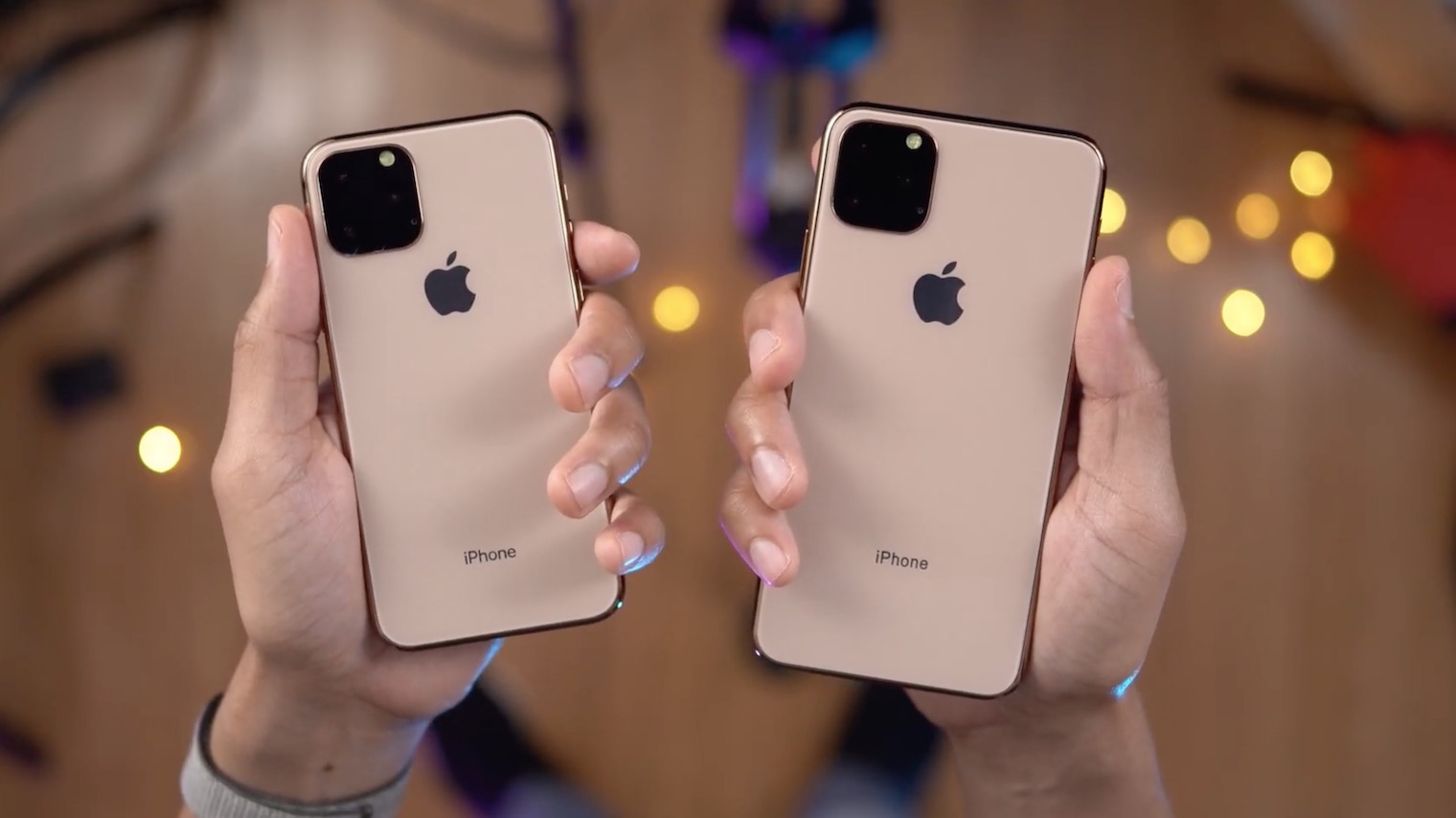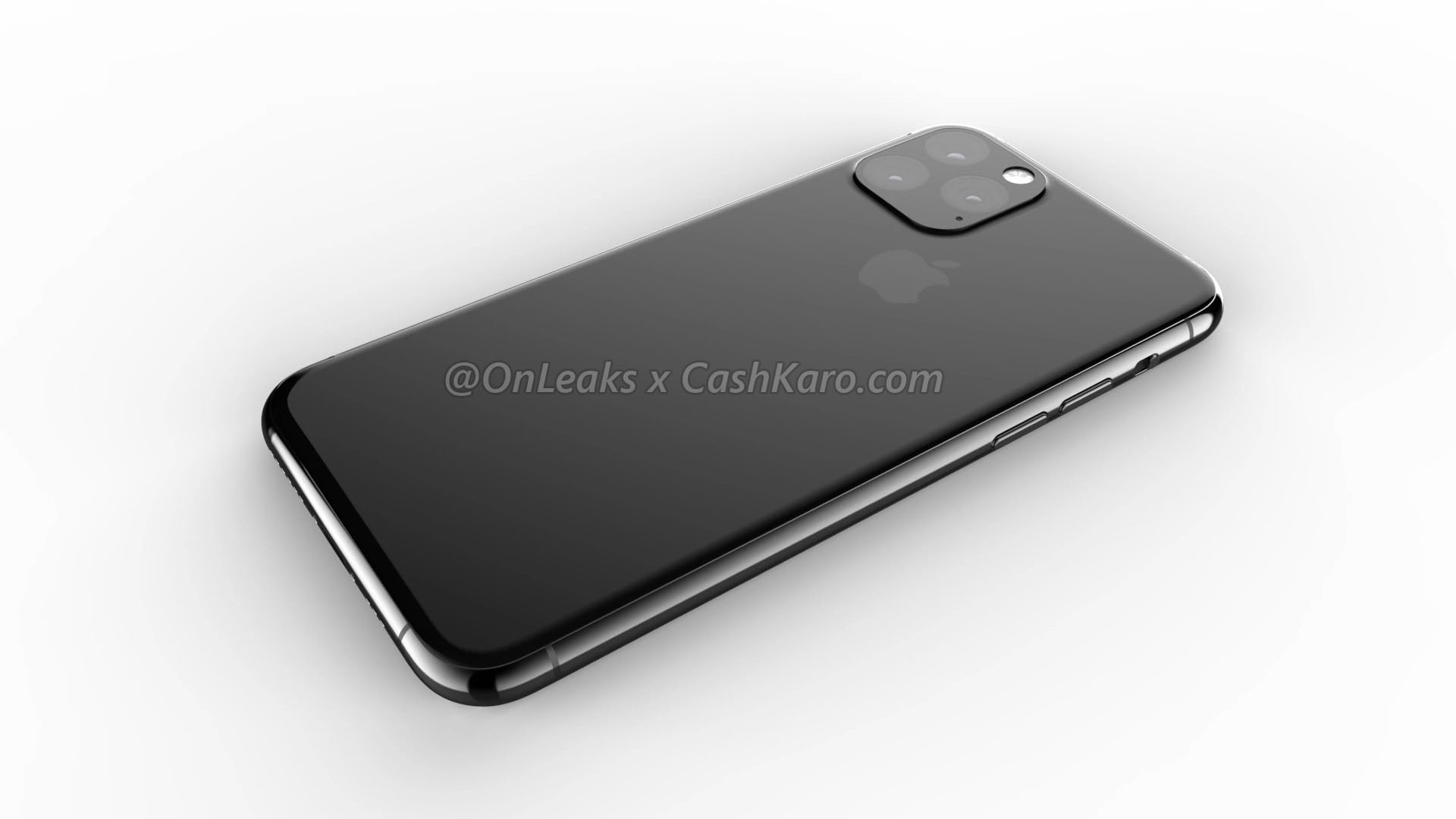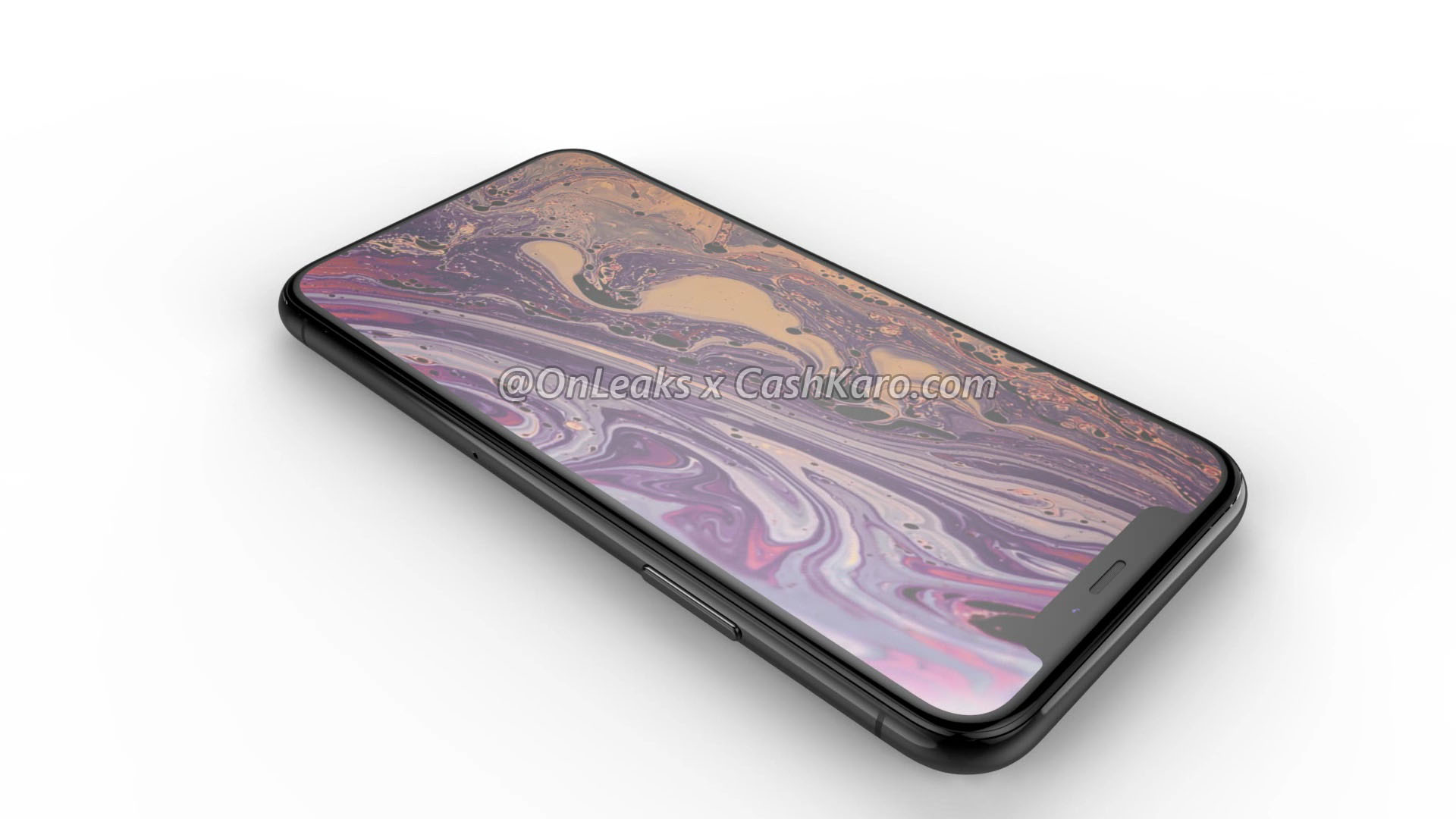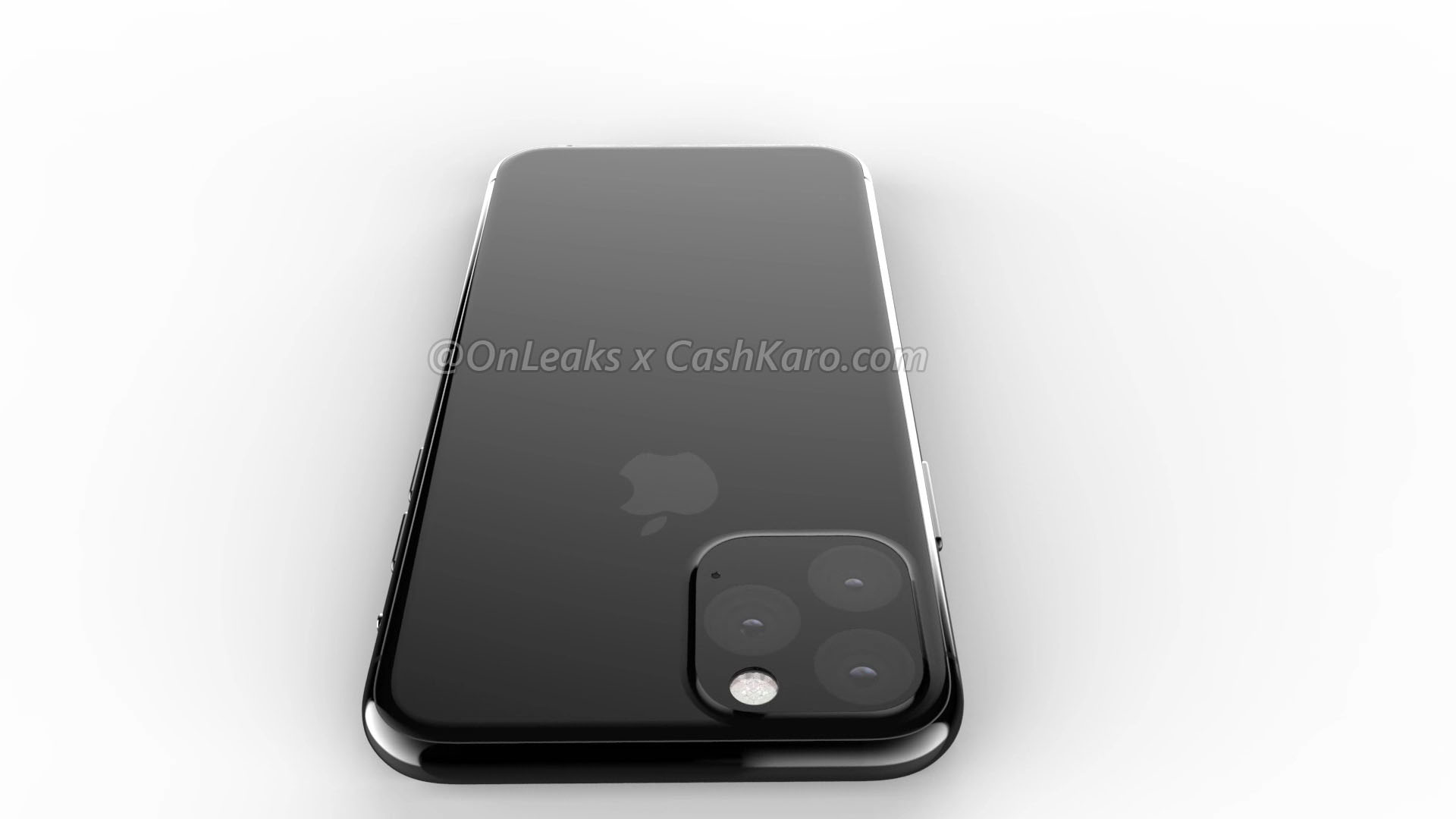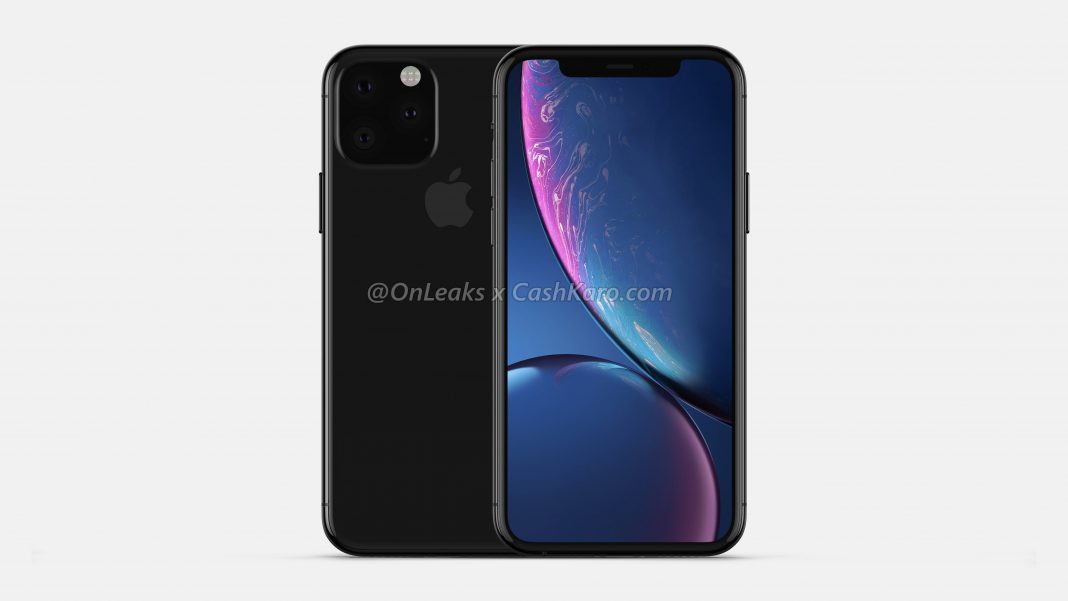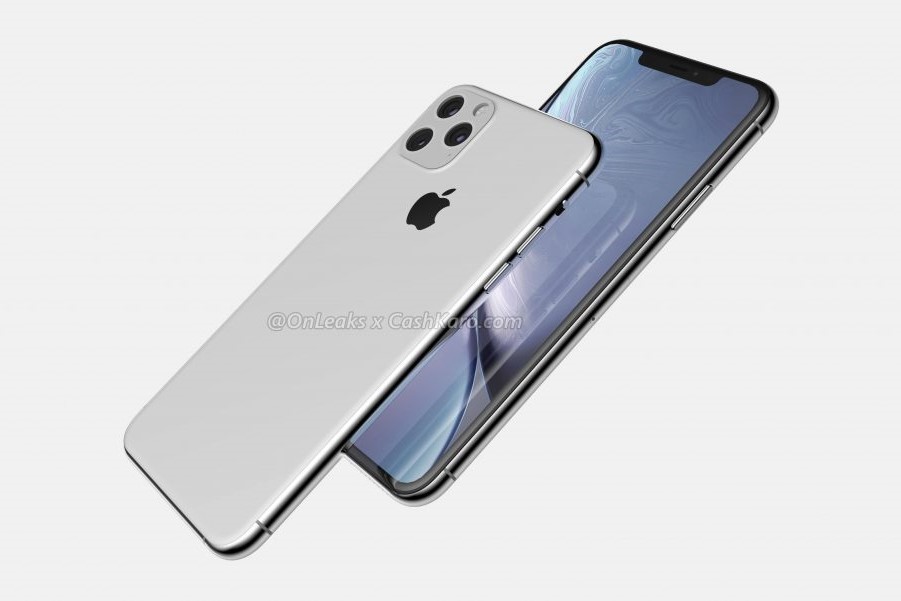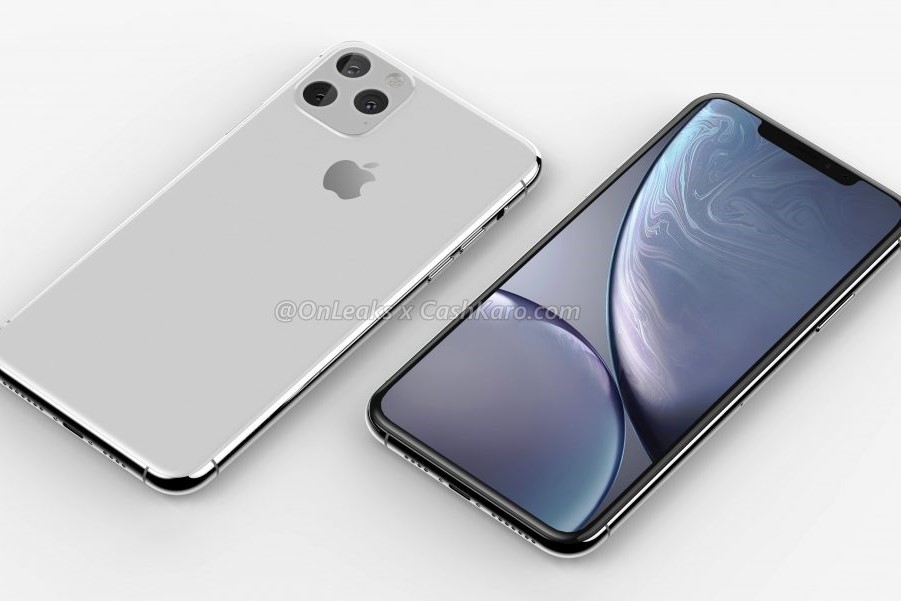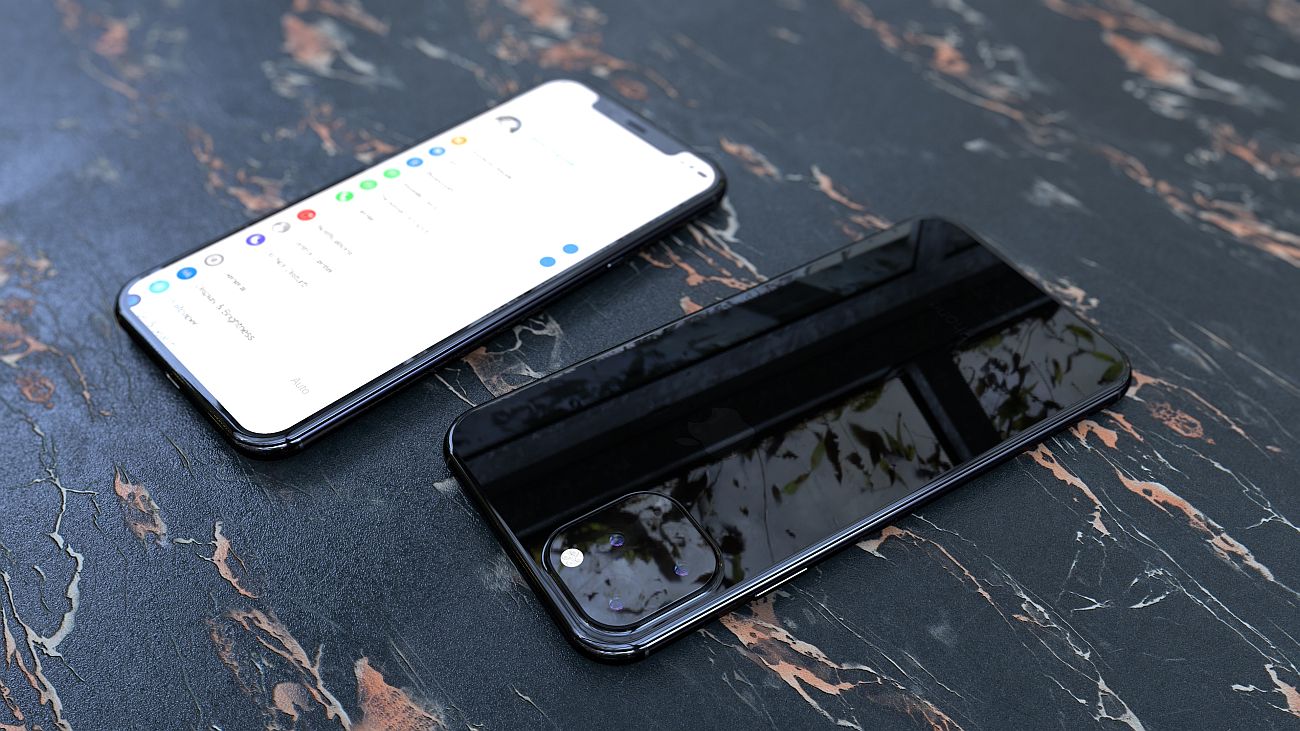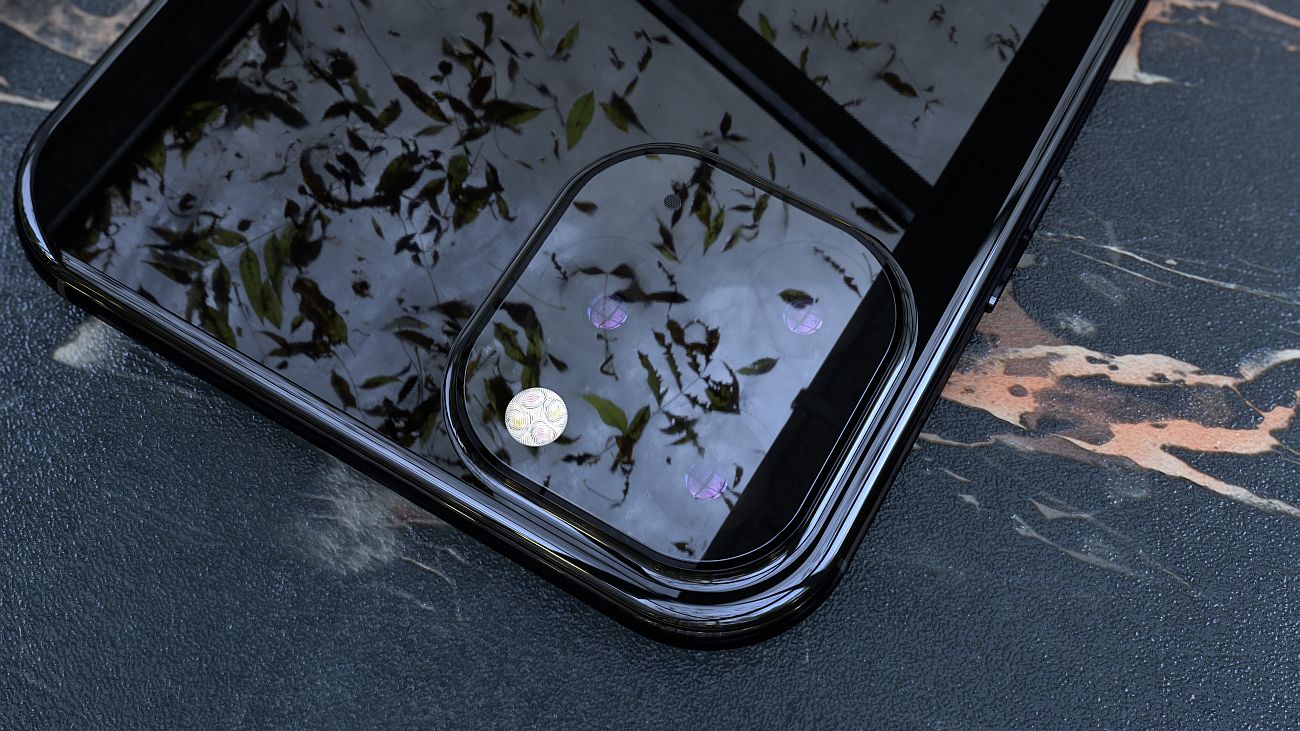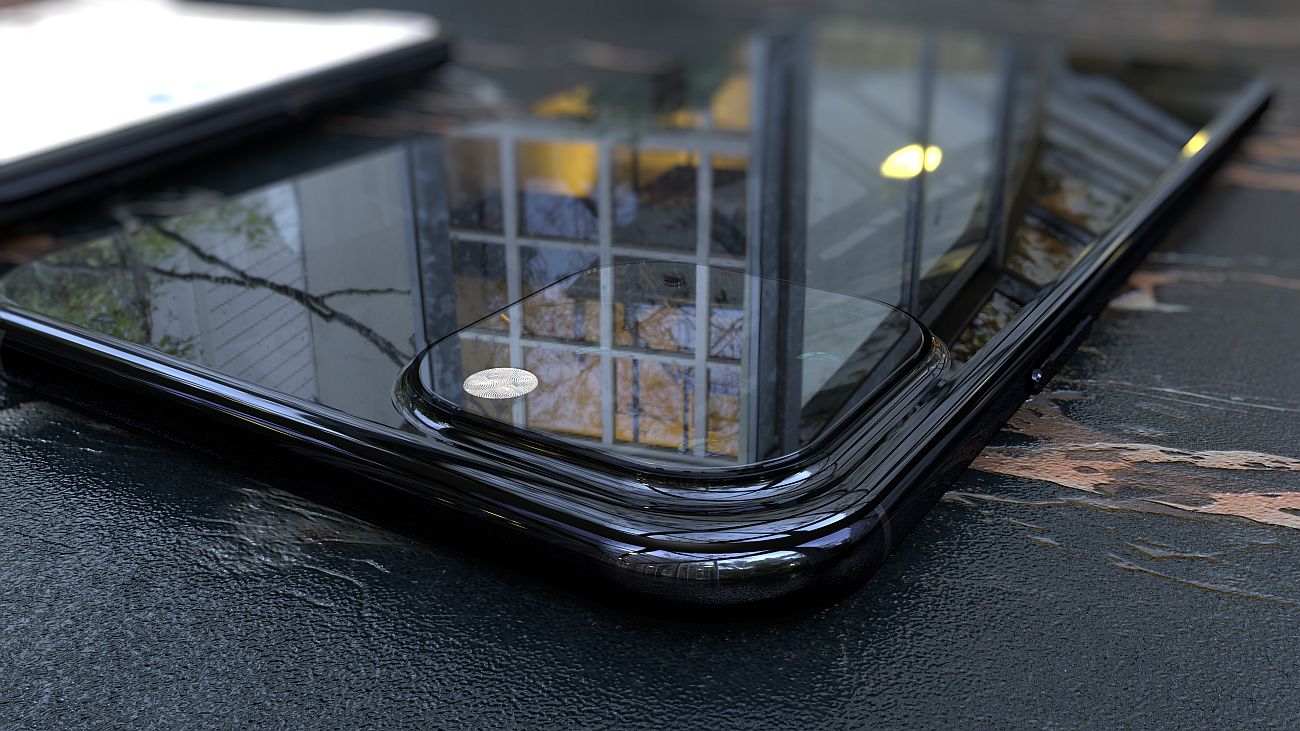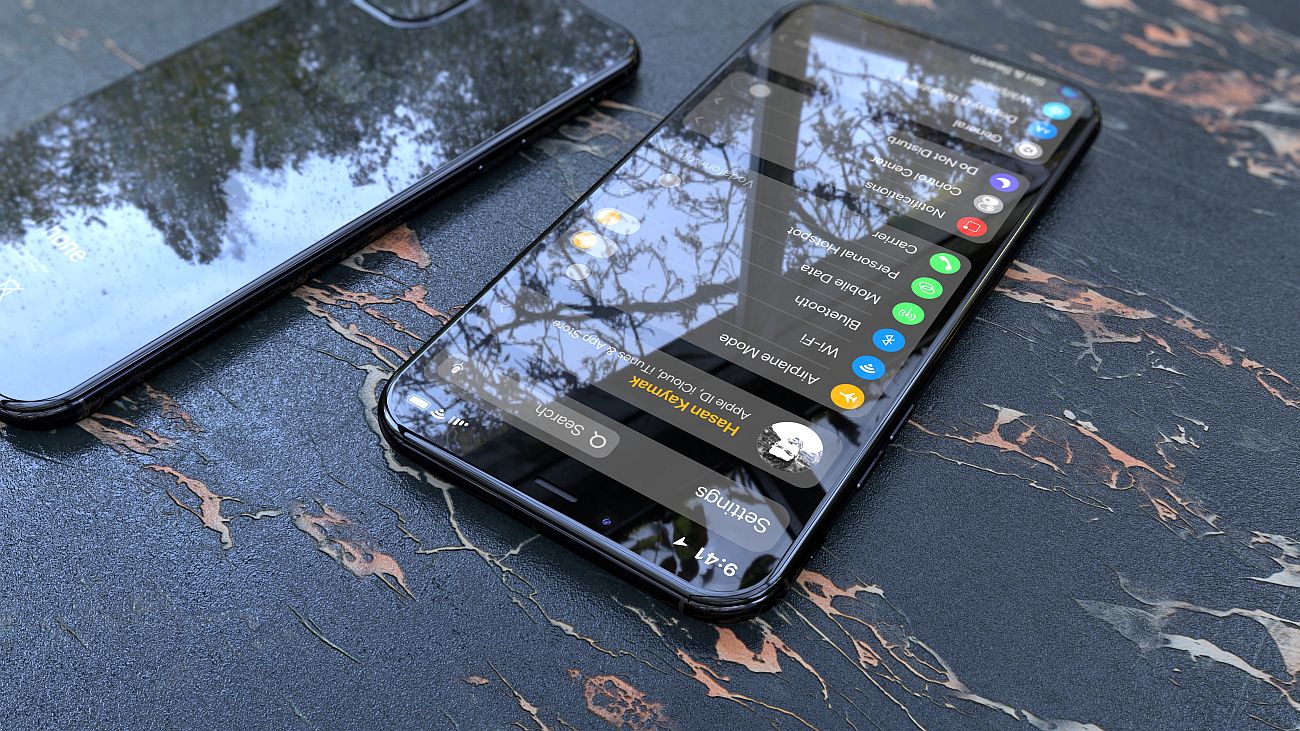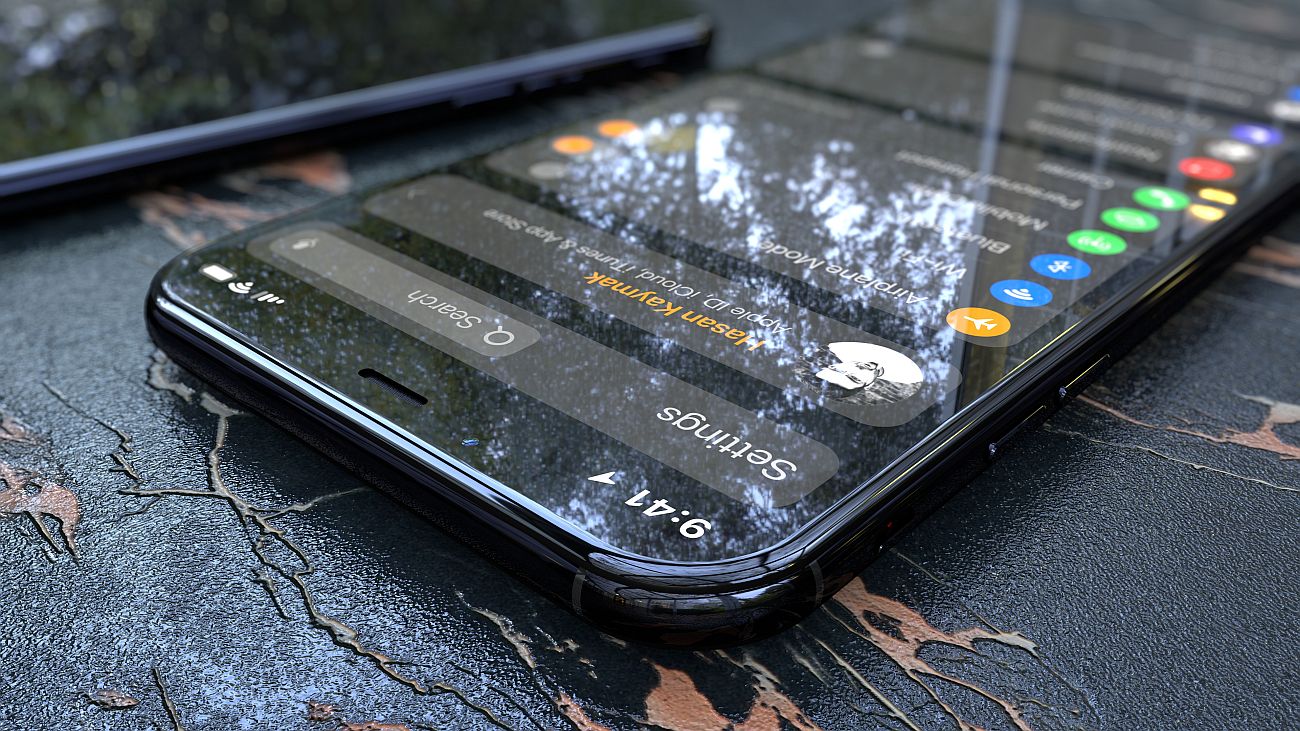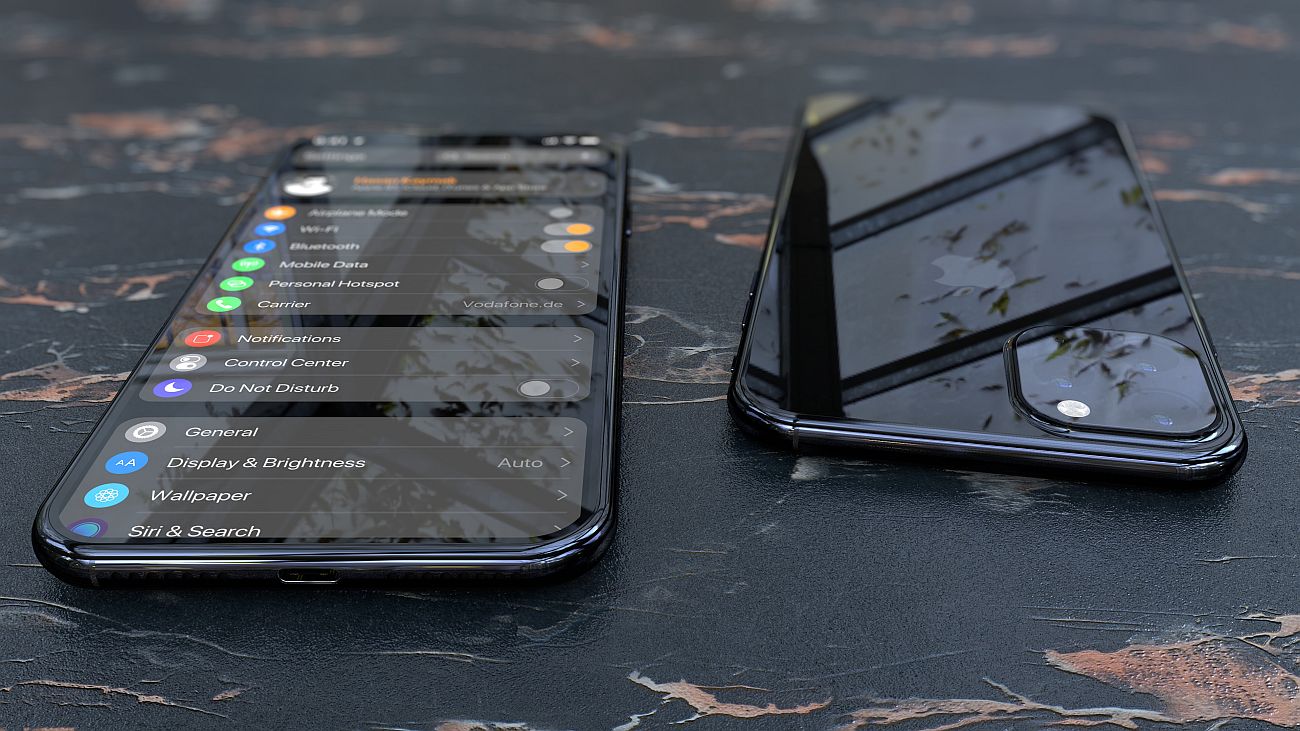As September approaches, and therefore the traditional autumn Apple keynote, more detailed information about the new iPhones begins to surface. Editor Mark Gurman from the server has now provided the most detailed ones Bloomberg, which is known for its close ties to the Californian company and therefore accurate information about upcoming Apple products and services. For example, we learn that this year's iPhones will get new names, a slightly modified design, triple cameras and also improved Face ID.
There will be several changes, but in the end they will not be any major news. Main improvements will be made to the camera, which will not only get an additional sensor, but mainly will offer new photography options, recording in a higher resolution and a new format, and above all, better quality images in poor light. We will also see new surface treatments, including another color variant, increased resistance, or, for example, an improved facial recognition system. We have clearly listed the list of news in bullet points below.
Expected look of iPhone 11 (Pro):
iPhone 11 and its main news:
- New labeling scheme: Models with an OLED display will now receive the nickname "Pro", also with regard to the triple camera. The successor to the iPhone XR should therefore receive a designation iPhone 11, while more equipped models are to be called iPhone 11 Pro a iPhone 11 Pro Max
- Triple Camera: Both iPhone 11 Pro will have a triple camera set in a square shape, which will consist of a classic wide lens, a telephoto lens (for optical zoom) and an ultra-wide lens (for capturing a larger scene). The software will be able to use all three cameras at the same time, so it will take three pictures at once, which will be combined into one photo with the help of artificial intelligence, and the software will automatically correct errors (for example, if the person in the main picture is only partially photographed). Specific adjustments will be possible even after the image is taken, and Apple will introduce this function under the name Smart Frame. Photos will be taken in higher resolution. Especially the pictures taken in poor lighting conditions will be of better quality.
- Better video: The new iPhones will be able to take significantly higher quality videos. The improvements are closely related to the new video editing options in iOS 13. Apple has also developed a feature that will allow you to retouch, apply effects, change colors, aspect ratio and crop the video, even while it is being recorded.
- Additional camera for iPhone 11: The successor to the iPhone XR will get a dual camera, specifically a telephoto lens for optical zoom and an improved Portrait mode.
- Reverse wireless charging: Like the Galaxy S10, the new iPhones will also support reverse wireless charging. The charging area will be located on the back of the phone, where it will be possible to place, for example, new AirPods or another phone with support for the Qi standard, and the device will be charged wirelessly. The feature is supposed to be a prerogative of the Pro models.
- Matt chassis finish: From the front, the new iPhones will look almost identical to last year's models. However, at least one color option for the "Pro" models will be in a matte finish. The iPhone 11 (the successor to the iPhone XR) will now be available in green.
- Higher (water) resistance: The overall durability of iPhones will also improve. This year's models are supposed to offer significantly higher water resistance, where they can last more than 30 minutes under water. But they will also offer a new technology that will better protect the glass body against shattering when the phone falls.
- Improved Face ID: The facial recognition system will undergo a welcome upgrade and will now offer a wider field of view. If the phone will lie on the table, it should not have the slightest problem with face scanning - the user will not have to lean over the phone.
- New processor: All three new iPhones will get a faster A13 processor. It will have a new coprocessor (internally referred to as "AMX" or "matrix"), which will provide some more complex mathematical operations and thus relieve the main processor. The presence of another coprocessor will be known mainly when using augmented reality, which Apple will place considerable emphasis on when launching new phones.
- Absence of 3D Touch: Models with an OLED display will no longer be sensitive to pressure and therefore the 3D Touch function will disappear. It will be replaced by Haptic Touch, which Apple first introduced last year together with the iPhone XR.
It could be interest you
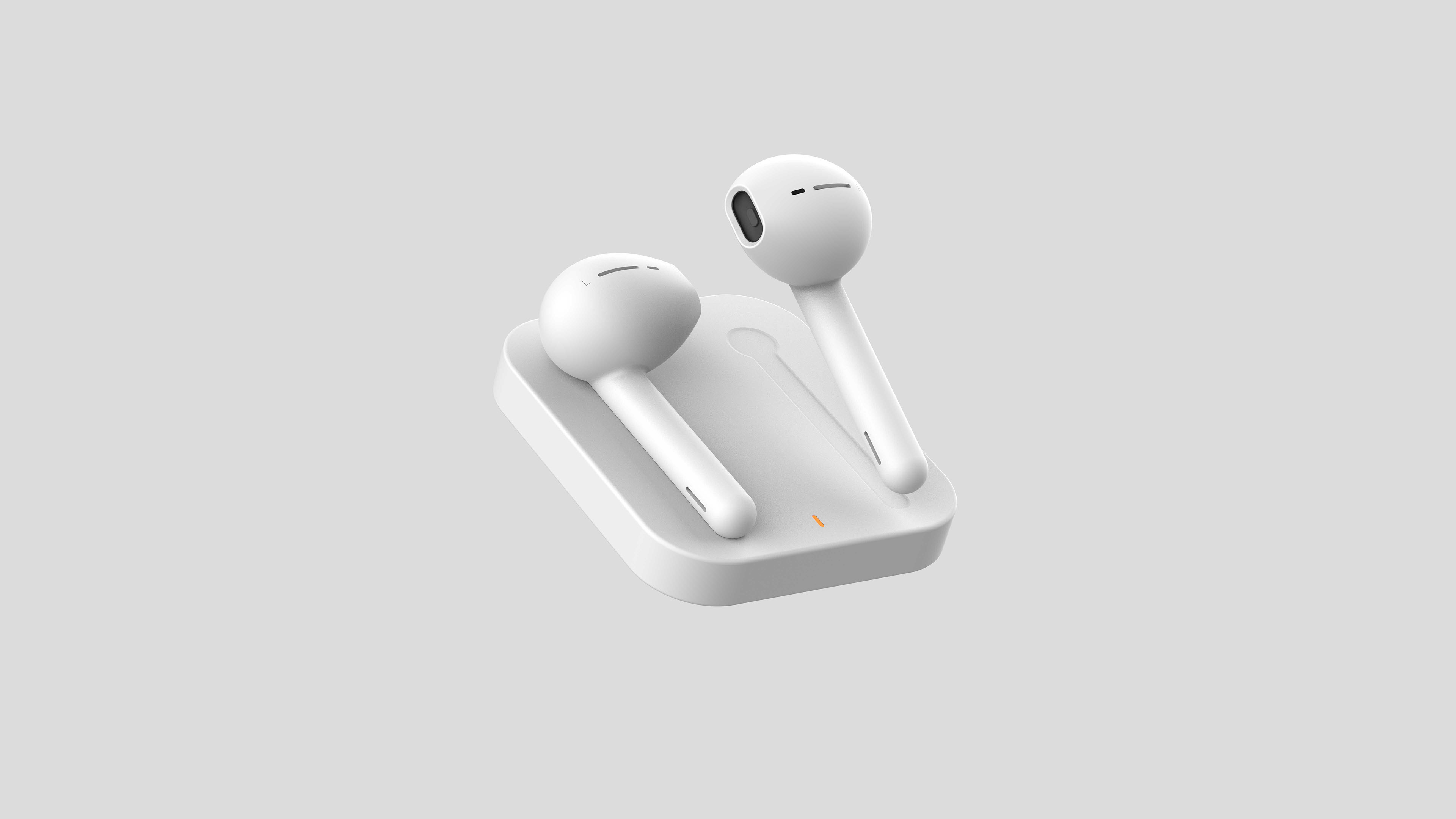
Along with the new iPhone, however, there is also speculation about several other novelties that Bloomber and thus Gurman do not mention in their report. One of them, for example, is support for the Apple Pencil, when Apple should even introduce a smaller version of its pencil/stylus, with which the phone will be controlled a little better than when using the current generation for iPads. Several independent sources also recently confirmed that in the packaging of this year's models we will finally find a more powerful adapter for fast charging, which will replace the current 5W charger. We should also expect larger batteries and therefore longer endurance per charge.
One way or another, this year's iPhones will represent a rather minor upgrade of existing models, which only confirms Apple's transition to a three-year cycle of major updates, which it previously carried out every two years. It is expected that next year, iPhones will undergo a more drastic change, not only in terms of design (smaller cutout, etc.), but also in terms of functions (5G support, etc.).
